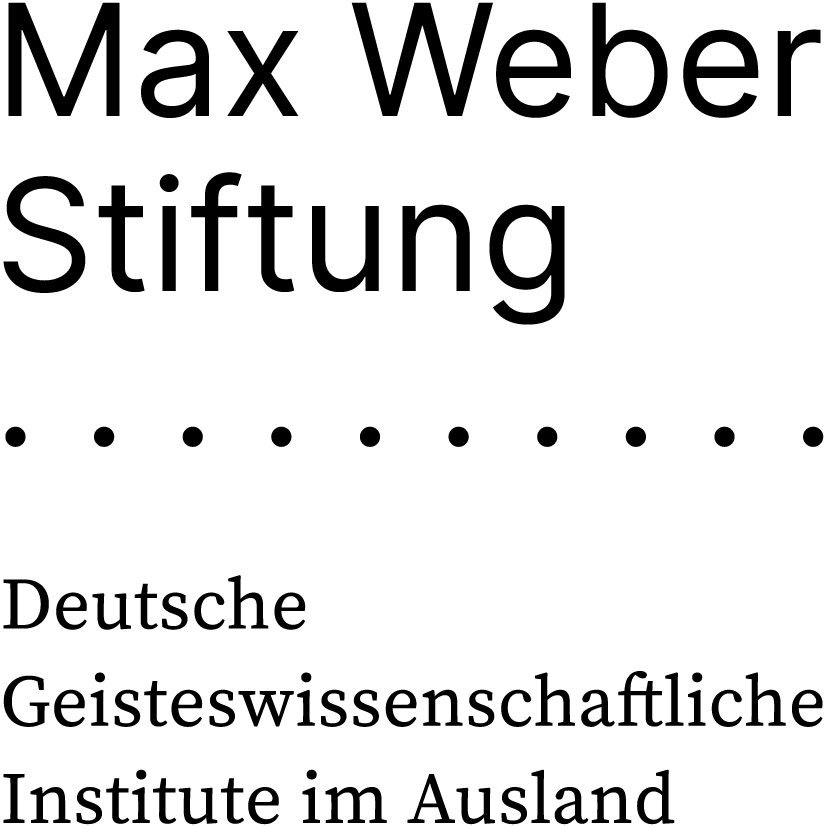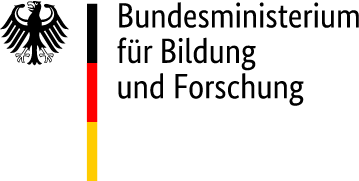Cognoscenti of later medieval papal history admire the work of Brigide Schwarz. For this reviewer, her Die Organisation kurialer Schreiberkollegien von ihrer Entstehung bis zur Mitte des 15. Jahrhunderts (Tübingen 1972) is perhaps the most successful application by any medievalist of Max Weber’s ideal-type methodology to complex source material. That book and her many other contributions are little known in the Anglophone world, to its discredit. Wolfgang Müller has done a huge service to scholarship by making more of them easily available to the linguistically challenged. It was an unselfish service because Müller is himself an outstandingly creative and productive historian, one of the best medievalists in the USA. To sacrifice the time and effort to produce this book was no small thing. Müller is a product of the German medieval school but did a PhD in the USA with Ken Pennington, a top canon law historian, and has taught for most of his career at Fordham University. He is thus practically bilingual in German and English. Actually that may have made him a shade too over-confident. There are numerous very minor infelicities that a final read by a native speaker would have eliminated. It would be churlish to list them in view of the debt that we owe him, especially since hardly any of them affect understanding of the content; and a professional translator could not have done so well, for want of the mastery of the material.
Even those quite comfortable in German are likely to have a lot to learn from this collection. This reviewer had read a lot of Schwarz, but, as it happens, none of the essays translated here. They are fascinating and nobody interested in the later medieval papacy can afford to ignore them. As a hook to potential readers it is worth very briefly summarising each of the papers.
The paper on the late medieval benefice market (chapter 1) brings out a bell-curve pattern of curial control of provisions to benefices, a pattern converging with the findings of the late Andreas Meyer, another great scholar of the same generation. Around 1300, benefices tended to go to local men. In the decades around 1400, members of the curia were very successful in obtaining them. By the end of the fifteenth century, local rulers had become the major patrons in the acquisition of benefices.
Chapter 2 relates to a man more famous in other contexts, Nicholas of Cusa. Schwarz brings to bear the expertise acquired during her work on Germania Pontificia on the networks around Nicholas: those that supported his rise, then the (rather modest) one he subsequently built up himself. The chapter includes excellent detail about the entourage of a cardinal.
»A ›Rope Team‹ of Clerics from Hanover in the Late Middle Ages« is the subject of the third chapter. The »rope-team« mountaineering metaphor is rare in English, and a new one to this reviewer, but essentially it means a network of clerics supporting each other. She shows how family relationship, locality, and friendships were the basis of informal alliances leading to well-remunerated positions in the church in the decades around 1400. Academic qualifications in canon law were a path to promotion and also benefitted the entourage of those who had them. University studies, membership of the same curial guild, and service with a prince all helped the collective ascent. Schwarz contrasts the success of a Hanoverian group with the less brilliant local careers of a Livonian group. These findings were possible thanks to the Repertorium Germanicum, a magnificent research tool. Interestingly, the curia became less important for promotion towards the end of the period, and the patronage of princes more so.
Chapter 4 centres on one bishop, who had a popular reputation as a Polish hero and a candidate for sanctity. Schwarz’s account is a sober reconstruction of his career. She sets out to show that he did indeed belong to a group of academics (mostly associated with Krakow) who attempted to recreate the kingdom of Poland in its original territorial boundaries – as they saw them. The essay shows John XXII in a rather positive light.
A hallmark of Brigide Schwarz’s career was her double speciality as an expert in the use of the Vatican and regional archives, especially the Landesarchiv of Niedersachsen: centre and region. Chapter 5 on the »Vatican Archives and Their Uses for Regional Historians« encapsulates this combination. She makes the important observation that the curia was where benefices were traded between suppliers and potential beneficiaries, but that they were not sold by papal administrators. The curia imposed strict market regulations. The chapter is an invaluable guide to previous work on the prosopography of cathedral chapters. Other themes are the eventual achievement by Meissen of exemption from superior authority (Magdeburg, Prague) other than the pope’s. This eventually facilitated territorial church governance by the dukes of Saxony. The cancellation of Passau’s exemption exemplifies the long-term rivalry between Bavaria and Austria.
Chapter 6 on »The Venality of Offices« puts the sale of (non-spiritual) administrative offices at the papal curia in the same frame as the sale of offices by secular rulers. The papacy seems to have started the trend. The system’s debt to the canon law of benefices encouraged security of tenure for officials, both papal and royal. The sale of offices enhanced the social rank of the purchasers.
The medieval papacy’s greatest crisis – the Great Schism and the Conciliar challenge – is the subject of chapter 7, on the curia from 1378–1447. Unsurprisingly, given that two and then three administrations were trying to live off income that had previously financed only one, levels of efficiency declined. A whole genre of demands for reform of the curia amounted to a programme which Schwarz lucidly summarises: fees should go back to pre-Schism Avignon levels (were they aware of inflation?); the number of officials should be reduced and simony should be shunned in appointing them; all regions should be represented at the curia – but officials should be clerics, not lay (she notes that the self-interest of graduate clerical »intellectuals« was in play here); original standards of publicity and transparency should be restored. Schwarz explains why such a programme was unrealisable, and comments on the curia’s powers of resistance.
The papal cursores or couriers are the topic of chapter 8, which brings a shadowy, less well-known group into the light. There is no big central argument but many observations that will be new to most historians. They had a guild-like structure. Communal feeling and solidarity with the rest of the curia would have been enhanced by the obligation to go to the daily morning mass in the papal palace. In the Avignon period they were responsible for summonses to the Roman Rota. According to Schwarz this meant that they increasingly needed more than elementary legal expertise. In time, their role as couriers diminished, as popes relied more and more on communication through bankers with the regions – though cursores continued to be used for Central and Eastern Europe. In the Avignon period they were given the task of buying supplies for the curia, a function they lost in the fifteenth century. In that century we find more cursores from the periphery of Christendom, and more clerics. Their uniform gave them free lodging on journeys.
Chapter 9 on Leon Battista Alberti will be of interest to art historians but also to students of papal diplomatics: it includes a brilliant account of the Geschäftsgang in the 1430s, and has valuable observations on Kanzleivermerke and the rules for papal letters. Schwarz demolishes the assumption that Alberti was a founding member of the college of abbreviators.
The final chapter on the role of the (vice-)chancellor gives an overview of the evolution of papal administration. In the thirteenth century, it was towards differentiation, as senior clerical officers left the vice-chancellor’s household and set up their own. In the last two medieval centuries the administration ran so smoothly that the physical presence of vice-chancellors was hardly needed and they could be sent on diplomatic missions. Holders of the office needed to be able jurists. Their place in the curial hierarchy was expressed by their position in processions and seating at feasts.
Brigide Schwarz is a great role model. She combined the highest degree of technical expertise in the use of documents with a discreet use of social theory as a source of questions to put to sources. She analyses and explains rather than preaching and moralizing. The workings of the papal curia and its relation to the localities are not easy to understand and her work makes it a lot more accessible. Wolfgang Müller too is a role model of service to the scholarly community and especially to weaker Anglophone brethren: a fine historian at the height of his powers himself, has gone to a great deal of trouble to make Schwarz’s findings available to a much wider academic public. We should be very grateful to both of them.
Zitationsempfehlung/Pour citer cet article:
David L. d’Avray, Rezension von/compte rendu de: Brigide Schwarz, Careers and Opportunities at the Roman Curia, 1300–1500. A Socio-Economic History of Papal Administration, translated and edited by Wolfgang P. Müller, Turnhout (Brepols) 2024, 337 p., 9 b/w fig., 8 b/w tables, 1 b/w map (Europa sacra, 29), ISBN 978-2-503-59538-2, EUR 95,00., in: Francia-Recensio 2025/2, Mittelalter – Moyen Âge (500–1500), DOI: https://doi.org/10.11588/frrec.2025.2.111117








